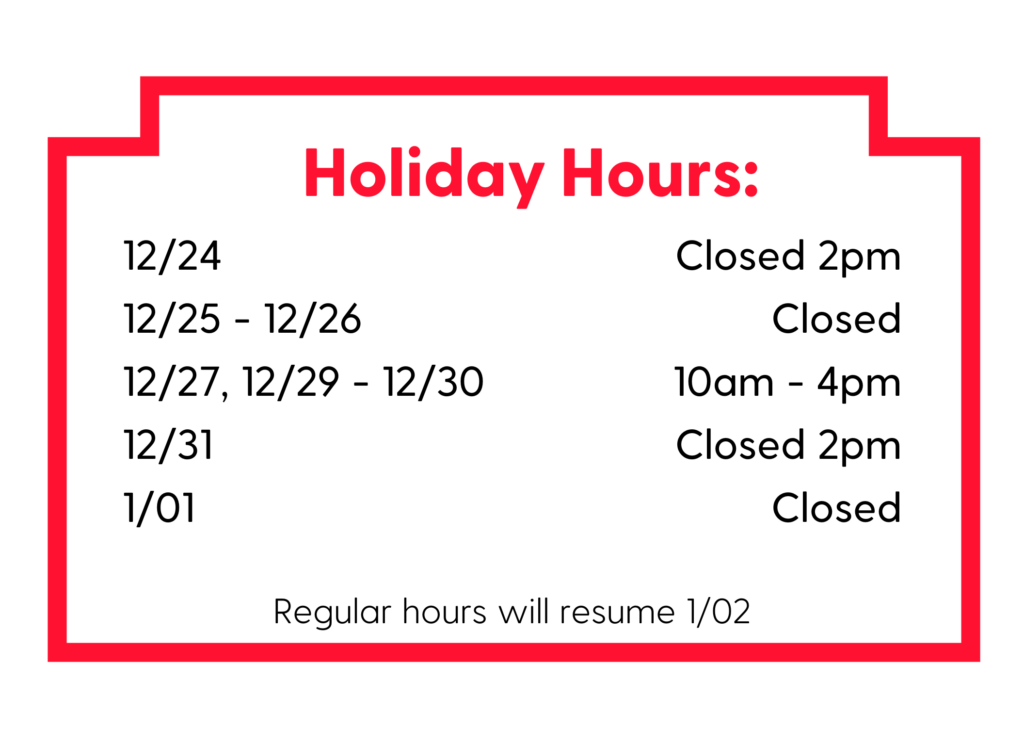On Mourning, Memory, and Monuments
by -Mia Morettini
On July 4 of this year, Highland Park citizens, joined by senators Tammy Duckworth and Dick Durbin and Governor JB Pritzker, gathered at City Hall to begin a procession through the city. Their march began in somber silence at exactly 10:14 am—the time at which just one year earlier a mass shooting during the city’s Independence Day parade left seven people dead and 48 others injured. This gathering was not only a moment to memorialize a tragedy. It was a reclamation of a community celebration that for the past year has been shrouded in violence.
In “Unbearable Memories, Unspeakable Histories, Part 2: Partition Anti-Memorial Project” on view at The Art Center, Pritika Chowdhry offers her own reclamation of history. The exhibition is a reenvisioning of the historical narrative of the 1947 Partition of India, Pakistan, and later Bangladesh—a division that is historically celebrated as the independence of India from the vice grip of British imperialism. Far less acknowledged are the long-term effects of partition: masses of displaced people, violent border disputes, and ongoing crises in the region of Kashmir.
In her approach to commemorating the Partition as a moment of empowerment for formerly colonized nations and great devastation in its social reality, Chowdhry remarked, “India’s independence in 1947 is forever linked with its ghostly twin, the Partition.” Spectrality is key to approaching Chowdhry’s work in its form, content, and significance to the Highland Park community.
By meticulously casting latex segments of significant monuments to the Partition in Delhi, Lahore, and Dhaka, Chowdhry is able to bring great stone and marble monoliths into the intimate space of The Art Center’s gallery. These casts bear only the traces of their architectural sources—an emboss of relief carvings and brick and mortar—and gain an embodiment reminiscent of flesh or fauna. While the original monuments are popular sites of tourism and pilgrimage, Chowdhry’s casts float from ceilings, bear visible wrinkles and blemishes, and cast semi-opaque shadows as light streams through their thin skin.
Chowdhry allows the monuments to take on a life beyond their didactic roles as markers of history and sites of remembrance. She presents them as works of art—sculptures to be studied closely, situated amongst, and contextualized within contemporary discourse. Moments of familiarity and definition in Chowdhry’s anti-monuments are overwhelmed by the new interpretations and interactions they take on in the gallery. These efforts illustrate her counter-memory lens—that is, a memory formation built through lived experiences and social realities rather than widely acknowledged historical narratives. In her fleshy, haunting notations of the partition, Chowdhry illustrates that history is not a fixed point outlined by a handful of monuments, but something strange, personal, present, and ever-shifting.
For the sake of healing, counter-memory work could be an important project for Highland Park. While ostensibly distanced from the histories Chowdhry’s anti-monuments reference, this audience can find companionship with her approach, perhaps even a rubric to take note of– challenge the ubiquity of American mass shootings, remember together– in small moments and grand gatherings. And in the act of memorializing, hold space for celebration, challenge, strangeness, even haunting. History lives within and through the present day, and it is our task to continue to reckon with it.




